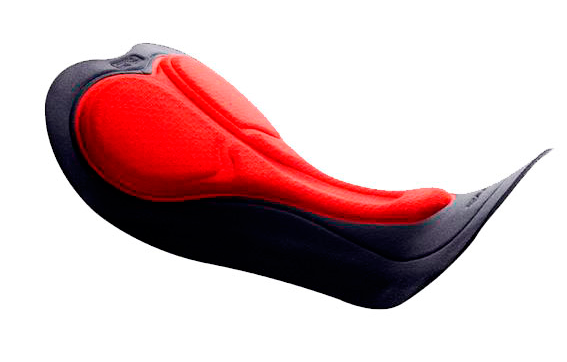
The Campagnolo Tri-ProPad Men Tech
People Size Tecnology
Abstract
Sport equipment design is characterized by the fact that a fundamental part of a product success depends on the athlete’s feedback. In fact, unlike most of other sectors, product success is decreed by athletes, on the basis of their unique perception of the product itself.
In 2008 Campagnolo, the legendary cycling company that “played a major role in writing the history of cycling, turning sport feats into legends and great champions into modern-day authentic myths”, decided to create a new sport cycling wear line (for both professionals and amateurs), starting from the design of a new and revolutionary pad for bike shorts.
The new pad was conceived from the beginning to give the cyclist a feeling of lightness and comfort, coming from the choice of materials, the pad shape and its superior saddle isolation. To reach this goal, it was necessary to minimize the saddle padding volume, looking for the right shape and thickness, while minimizing the pressure peaks, which are localized near the support surface of the pelvic/femoral area, by redistributing them on the entire saddle contact surface.
In addition, the choice of materials for the different cushions that form the entire pad was very important, as well as the usage of anthropomorphic models in order to create a pad that was as independent as possible from the various cyclists pelvic sizes.
According with Campagnolo Sportswear guidelines, a range of design parameters was selected for both the geometry and the material data. Subsequently, the pad CAD model was virtually schematized (using Ansys WorkBench – Design Modeler Module), making the geometrical shape and material parameters completely parametric.

